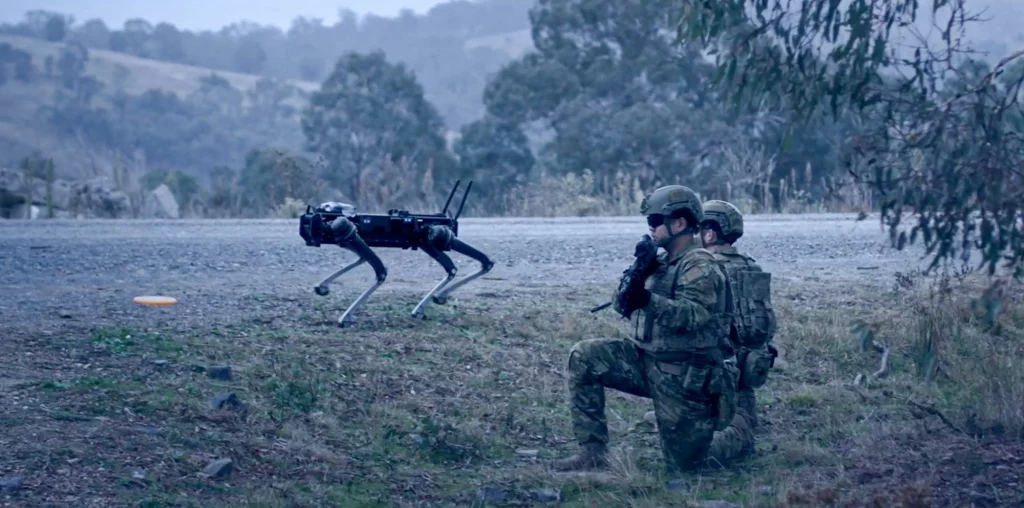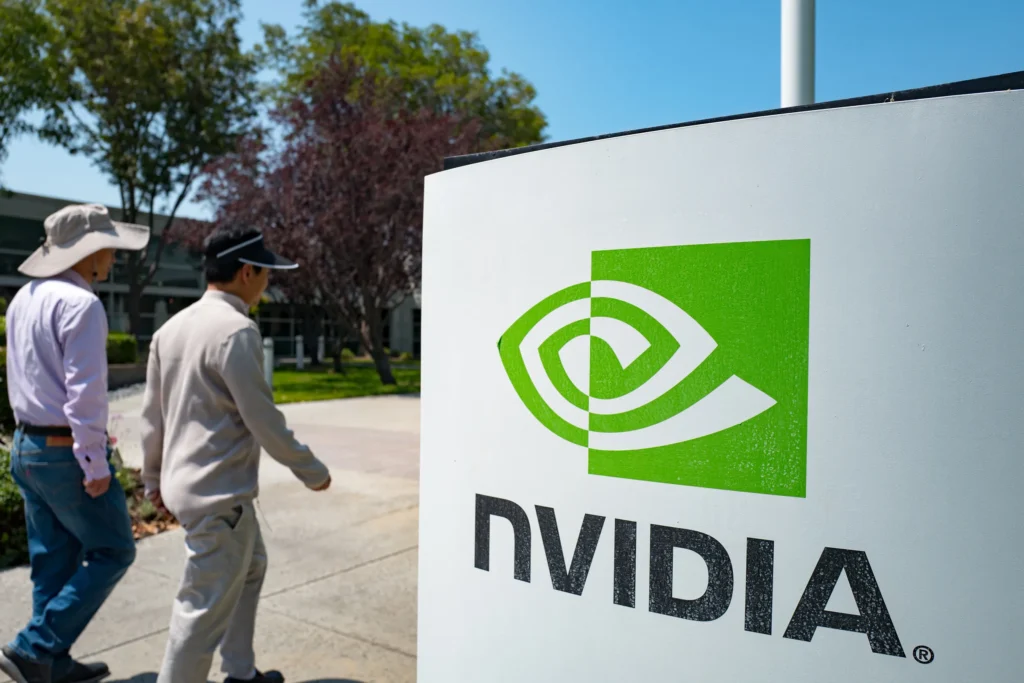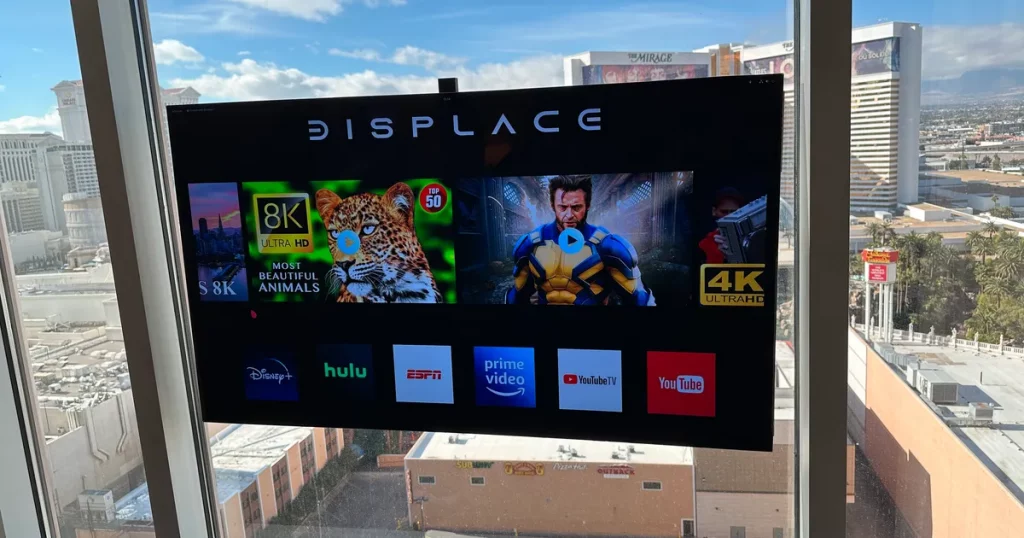Reports have surfaced that Australian soldiers are testing a cutting-edge AI that allows them to direct robot dogs with their thoughts alone.
The sophisticated “robodog” receives input from the user’s visual cortex via a high-tech biosensor headset and cutting-edge artificial intelligence, which is referred to as a “brain robotic interface.”


Generally speaking, it’s not hard to get the hang of the whole procedure. Using it is second nature. Sergent Damian Robinson of the 5th Combat Service Support Battalion found that “it only took a couple of sessions” to become comfortable using the HoloLens.
By using mind-reading headsets and robodogs for course training, Robinson and his fellow soldiers were able to successfully navigate the rough terrain and bad weather of a mock battlefield.
Flickering beacons, seen as augmented reality in the headsets, serve as waypoints that the canine-like automatons move towards.
Focusing on “that flicker” is all that’s required to control the robot, Robinson said. “It’s primarily a matter of eye focus.”
The technology, supported by a $1.2 million military investment, is the result of a three-year effort by researchers at the University of Technology Sydney and the Army’s Robotic and Autonomous Implementation and Coordination Office (RICO).
According to Prof. Chin-Teng Lin, the Ghost Robotics-made dog can currently respond to nine different commands at once.
The key innovation that allowed this to happen was the reduction of the operator’s own noise, as well as that of their surroundings.
Graphene, an ultrathin compound, is responsible for the HoloLens’ unrivaled efficiency. Graphene is “many times stronger than steel, yet incredibly lightweight and flexible,” according to the manufacturer.
Professor Francesca Iacopi, a co-leader on the project, remarked, “We’ve been able to combine the best of graphene, which is very biocompatible and very conductive, with the best of silicon technology, which makes our biosensor very resilient and robust to use.”




